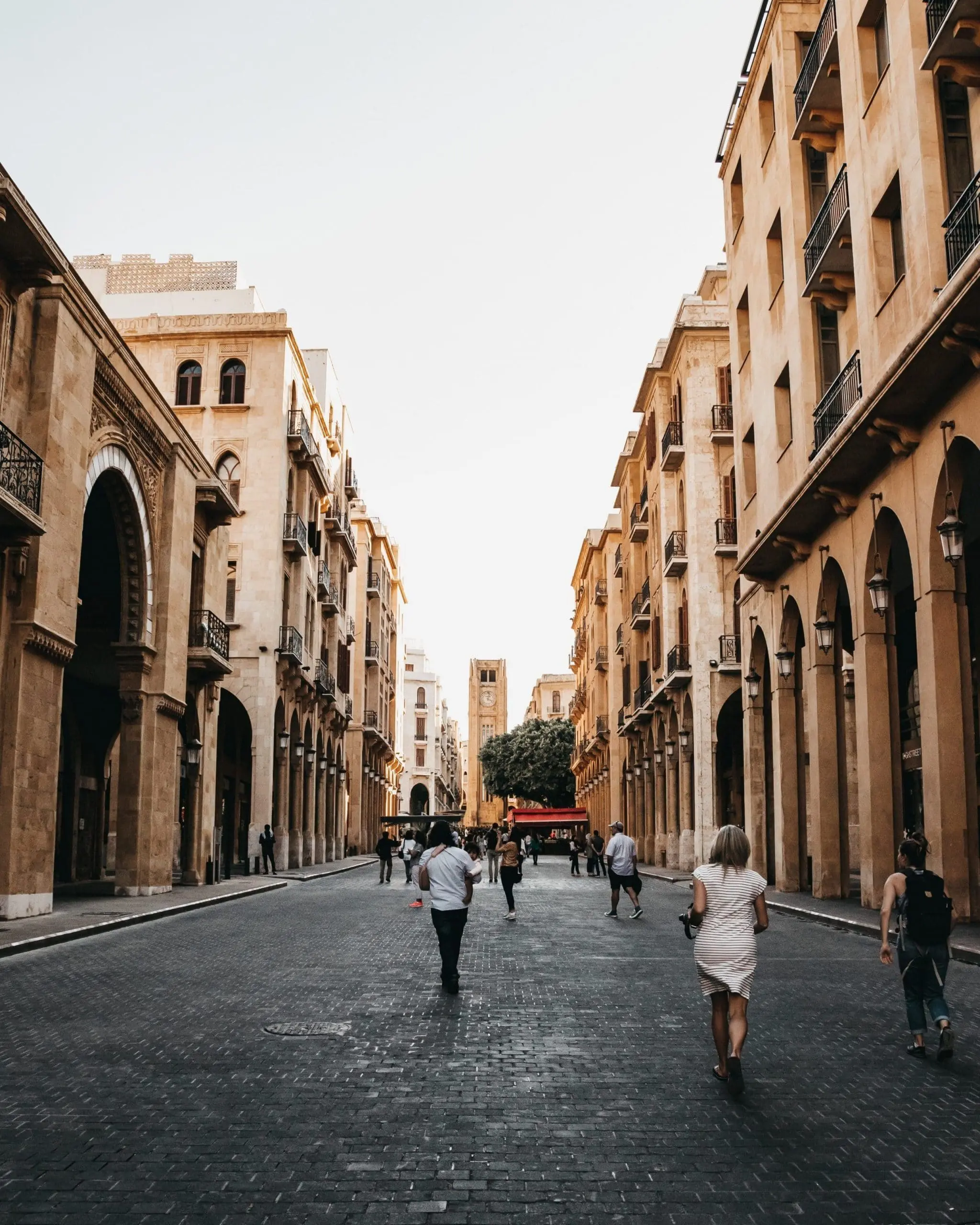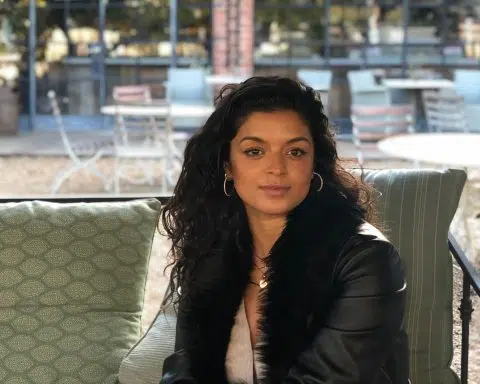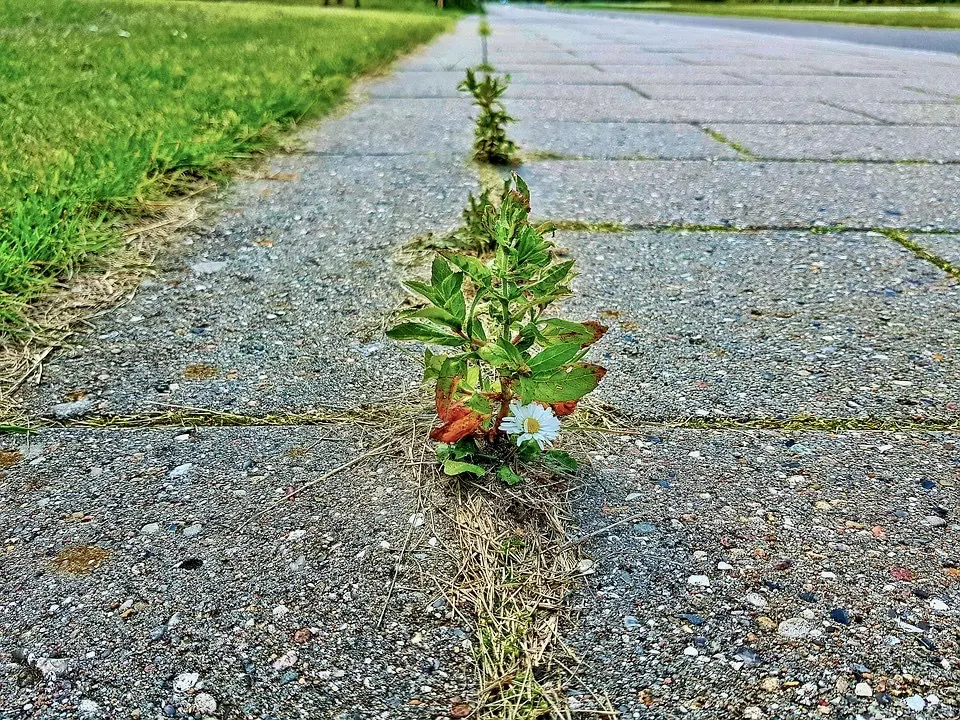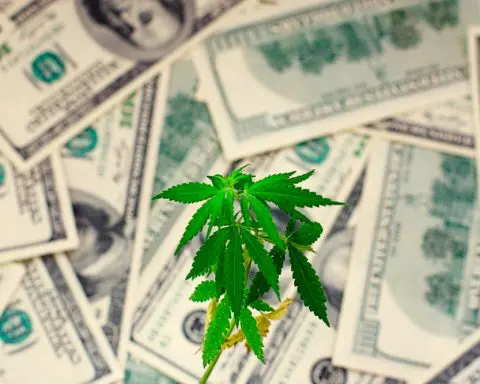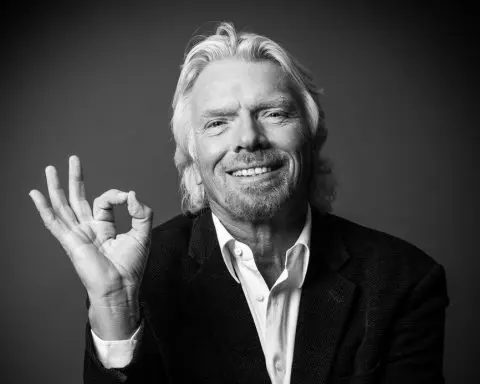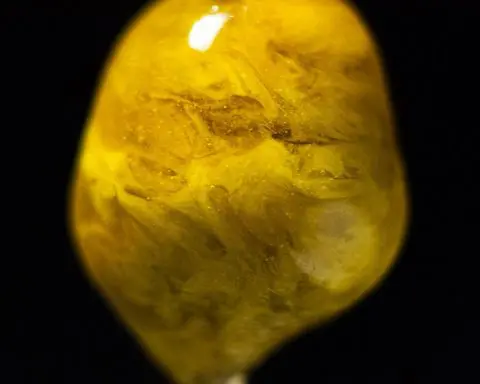In South America, weed is not what it use to be. And that’s probably a good thing, as our correspondant in Argentina explains.
“I’m buying weed. Want me to hook you up?”
About a month after moving from Melbourne, Australia to Buenos Aires, a new work colleague signed off his email with that question and made my day.
I typed an emphatic “YES!!!” on my keyboard and, a few days later, I was at his downtown apartment, eager to get my hands on my first batch of 25g of Argentine weed.
“It’s in the kitchen, inside a pack of Marlboro,” he said.
Instantly I felt my face change; while I still didn’t know what to expect, I knew this wasn’t going to be the lush, green 25g I’d pictured in my head for days.
I flipped open the Marlboro pack and there it was: A thick, brown brick riddled with sticks and stems and reeking of ammonia.
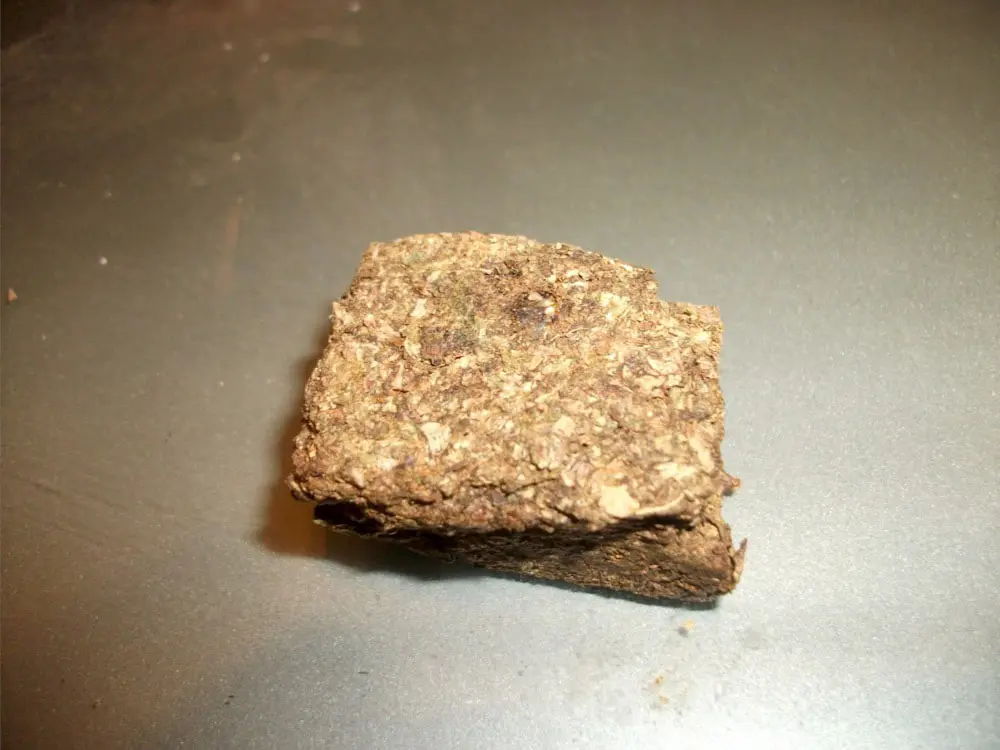
“How do I cut this thing?” I shouted to my friend in the living room.
After sawing through that brick with a serrated steak knife, I managed to roll a thin, lumpy joint and stepped out onto the balcony to smoke.
As I stood out in the thick air of an early Buenos Aires summer evening, I got my first taste of paraguayo; my head got heavy, my body felt numb, and I followed every drag with a sip of beer to wash the dirt flavor from my mouth.
Paraguayo or prensado, as it’s sold locally, is a type of brick weed that has dominated the Argentine cannabis market for years.
It’s shipped over the border from Paraguay, the second-largest cannabis producer in Latin America, and is sold in bricks of 25g.
For a long time, paraguayo was the weed norm in Argentina, but that’s changed quite dramatically.
Today, cannabis consumers in Argentina are ever more actively hunting out flores (or cannabis flowers), tinctures, creams, and even extracts.
But what’s driving this sudden change in appetite?
Over the past years, Argentine cannabis activists have been fighting hard to legalize cannabis both for medicinal and recreational use.
In 2017, the federal government legalized medicinal cannabis to some extent, although it continued prosecuting and imprisoning patients growing and producing their own cannabis medicines at home.
The right to cultivate for personal use, or autocultivo, is still at the heart of the legalization debate here. It’s what NGOs like CAMEDA and Mama Cultiva are fighting so hard for.
Now, not only are more Argentines growing their own weed, but their attitudes towards cannabis are also changing.
“Today, there’s a lot more awareness and a bigger movement around cannabis, and I think the fact that the plant has medicinal properties means people are changing their perceptions of it,” says Agustin, a 32-year-old audiovisual designer.
“This summer I grew 2 plants outdoors. I didn’t want to keep buying weed; I wanted to grow my own and know what I was smoking,” he says.
Agustin represents a growing community of cannabis users in Argentina who are either growing their own plants or actively searching out quality flowers over Paraguayan brick weed.
“In general, the Paraguayans are good growers, but they make some unforgivable mistakes during the harvest and pressing processes,” writes Matías Maxx in a report about his visits to a Paraguayan cannabis farm.
Many harvest during rainy seasons and dry their plants directly on the soil under big sheets of plastic, which creates a breeding ground for bacteria and fungi. The poorly trimmed and sometimes still humid branches are also thrown on the floor during pressing, exposed to wasps and other insects that often end up in the finished product.
“Once you learn about what goes into a prensado, you’ll never want to smoke it again,” says Frank, a 32-year-old musician who grew his first plants over the summer. “Maybe younger kids still smoke it. When I was younger flowers were hard to score and expensive.”
The fact that grow shops are popping up all around Buenos Aires has also encouraged more people to cultivate their own bud.
“There’s more access to quality flower, there’s more information about how to cultivate and more shops selling the products necessary to do so,” says Juana, who grew 10 plants on his terrace over the summer.
The fact that growing cannabis is punishable by a prison sentence doesn’t worry most Argentine growers. And soon, they might not have to worry about the law at all:
Last year, President Alberto Fernandez openly showed his support for the decriminalization of cannabis.
This year, Minister of Security Sabina Frederic announced she was studying legal markets in Uruguay, Canada, and the US for inspiration on how to approach decriminalization in Argentina.
If these measures are taken seriously, Argentines might soon have the right to grow their own cannabis, finally eradicating the market for cheap, smelly paraguayo altogether.




